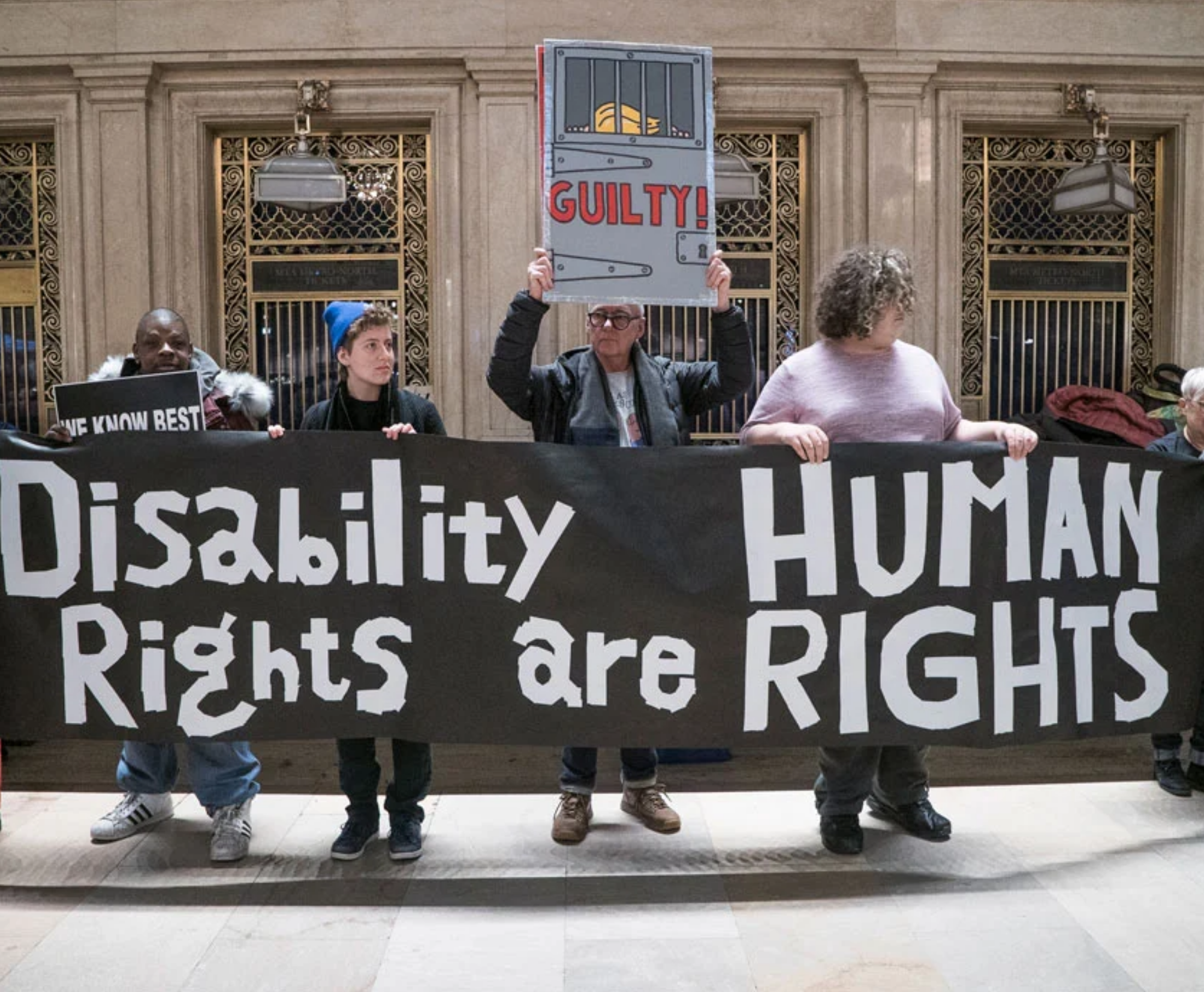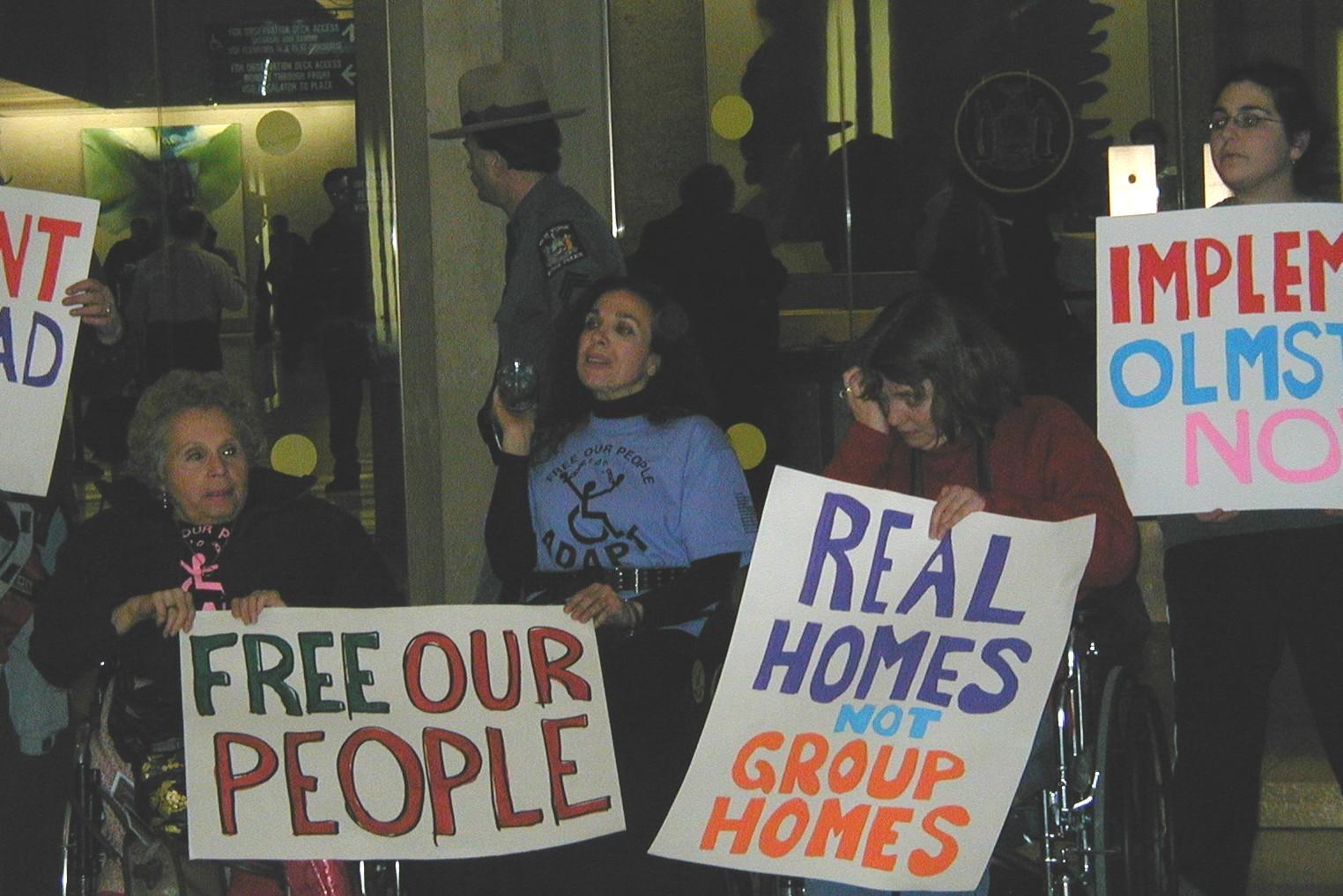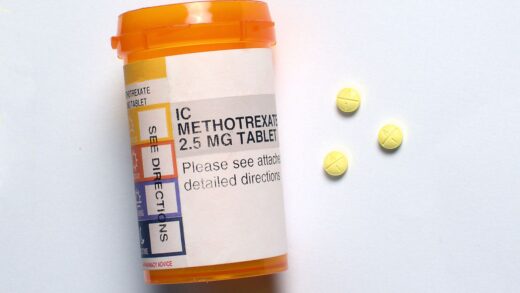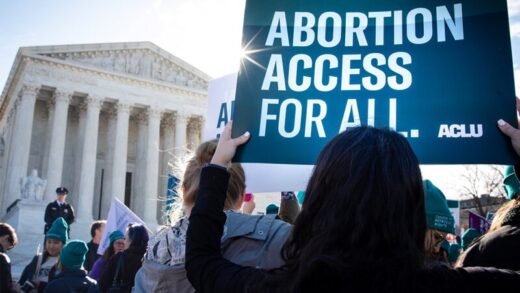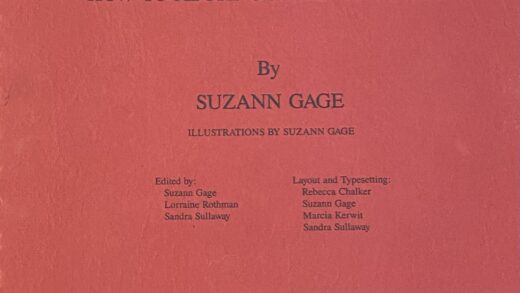Sarah fox
In this podcast, I will be explaining how Disability Justice and Reproductive Justice intersect!
Transcript: The Intersection of Disability and Reproductive Rights
Intro music begins, then quiets down.
[Sarah Fox] Hello! Welcome to the Listening for Reproductive Justice podcast! The title of this podcast is: The Intersection of Disability and Reproductive Rights. My name is Sarah Fox and I will be discussing disability justice and how it is vital within reproductive justice.
Intro music stops.
[SF] Before I begin divulging the content of today’s topic, I want to clarify a few things so we’re all on the same page. I am specifically covering the United States and the small portion of recorded disability advocacy, so the 20th and 21st centuries. Also, I am not covering the specifics of the medical industry, mostly about how disability advocacy came to be. So, without further ado, let’s begin.
Music begins, then fades out.
[SF] The word disability is a broad term, ranging from physical to mental disabilities. Everybody at some point in their life will experience a disability, whether for a short period of time or their entire life. This is a universal truth that spawns this desire for rejecting disability altogether. Thus, eugenics comes along. Alison Kafer in her book Feminist, Queer, Crip, explains that, quote: “tens of thousands of people diagnosed with various ‘defects’ were targeted by eugenic professionals and policies for the first half of the twentieth century, [they were] classified, and managed in order to contain the alleged risks they posed to public health,” end quote. Kafer further explains that these eugenic practices included sterilization without consent and forcing people into institutions against their will. All of this for quote on quote, “a better future for disabled people.” Mia Mingus, a disabled activist who has, and currently is, doing a lot for disability justice, shares her own thoughts on eugenics.
[Mia Mingus] Eugenics and ableism sometimes mean the same thing; you can’t tell them apart. The forced sterilization of not just women of color but of disabled people—not just disabled women but disabled men as well—and how disabled people have been desexualized and the thought that they’re not even sexual beings. One, that we don’t desire sex. Two, that nobody would desire us anyways, so we’re not having sex.
[SF] If you noticed, Mingus is talking in the present tense. Forced sterilization, institutionalism, and the practice of eugenics is still very much present in our modern society. Mingus further describes that when she was in her 20’s in the 2000’s, she would see advocacy for reproductive justice for people of color and those who are LGBTQ, yet Mingus described seeing nothing for disability justice.
[SF] There is a reason why there is close to nothing about disability justice, and furthermore, its history.
[MM] So there are disabled people there, doing the work, but for whatever reason, don’t feel safe or don’t feel comfortable coming out as disabled, or who had never thought of themselves as politically disabled because the stigma around it’s so incredibly intense.
[SF] That stigma is disabled people being deemed quote on quote “threats to the future ‘we’ all want.” As Kafer puts it quote, “[t]his deferral, this firm focus on the future, is often expressed in terms of cure and rehabilitation… Disability activists have long railed against a politics of endless deferral that pours economic and cultural resources into ‘curing’ future disabled people (by preventing them from ever coming into existence) while ignoring the needs and experiences of disabled people in the present,” end quote. Most able-bodied and able-minded people are aiming for a future without disability. Kafer sums up the argument quote, “‘we’ all want ‘our’ children to be more healthy, more active, stronger and smarter than we are, and we are supposed to do everything in our power to make that happen,” end quote. If that means sterilizing, institutions, and eugenics, then it’s OK. There is no future for disabled people.
Silence.
[SF] However, that’s changing. More and more disabled people are realizing that the problem has and will never be them. There is more awareness and advocacy being spread for disability justice. This heavy stigma against disabilities, even among reproductive justice advocates, still permeates like a miasma in society and things like forced sterilization haven’t gone away. Yet, I have seen and read the shift away from these damaging ideals.
[MM] I feel like people are talking about access more than they ever have. People actually say ableism when they list out oppressions—which when I was coming up in reproductive justice, never happened.
[SF] There are now more organizations out there founded by disabled people that are fighting for both disability rights and reproductive rights. An example is The Pro-Choice Public Education Project. Their mission statement on their website is quote, “PEP is a national reproductive justice organization that works to engage and inform organizations, young women, transgender and gender non-conforming young people, ages 16-25, especially those whose voices are not heard in spaces where sexual and reproductive health and rights are addressed.” On their page specifically about disability rights their quote “goal should not be to ‘cure the world of disabilities’ or to do away with disabled people. The goal should be to work for communities that provide accessible opportunities and resources, human rights, and reproductive justice for [women with disabilities],” end quote. Although disability justice still has an incredibly long way to go, I fully believe that progress is being made to create a more inclusive future with everybody.
Music starts, then slowly fades out.
[SF] We all want a future without suffering but disabilities bodies are not the issue here. The problem is with able-bodied/able-minded individuals who think there’s a problem in the first place. Society is built around and for able-bodiedness and only further ostracizing disability. Those who fail to integrate themselves into the system are looked at with pity or ignored, helpless to the stereotypes being slapped onto their foreheads for something out of their control. The problem has and never will be about the disabled individual. This is why if you are going to be advocating for reproductive justice, you must include disability justice into the picture. The fact that modern science is trying to alter babies into the idea of the “perfect body and mind” is a threat to women and women with disabilities altogether. It is all about choice. Isn’t that what reproductive justice is about? To make decisions for oneself and be allowed to live a life that one wants?
[MM] I feel like there’s just so many connections like that. I mean how can you talk about bodies without talking about disability? How can you even begin to have a conversation about who’s bodies are desirable or undesirable without also including disabled people on it… I thought, too, I don’t understand how we can keep moving towards reproductive justice without more disabled people.
Outro music plays, then fades to the background.
[SF] Thank you for listening to my brief introduction to disability justice. What I have talked about barely scratches the surface of how extensive this topic goes, including disability’s intersection with race. I would suggest looking into the additional readings I have on my WordPress page for further information that I wasn’t able to cover today. I’d like to finish up with a final word of Kafer’s. She says, “I think, for example, of activists… who lived most of their lives knowing that a long life span was not in their future, but saw that fact as a call for love and justice rather than a sign of tragedy or shame… longevity is not the only rubric that matters.” Thank you.
Outro music fades in, then ends.
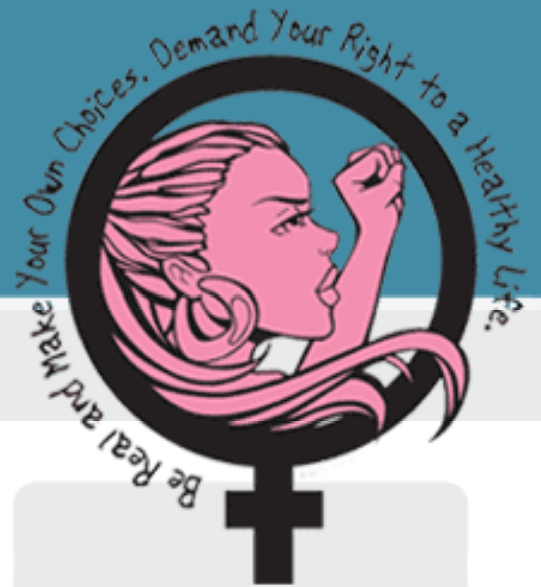

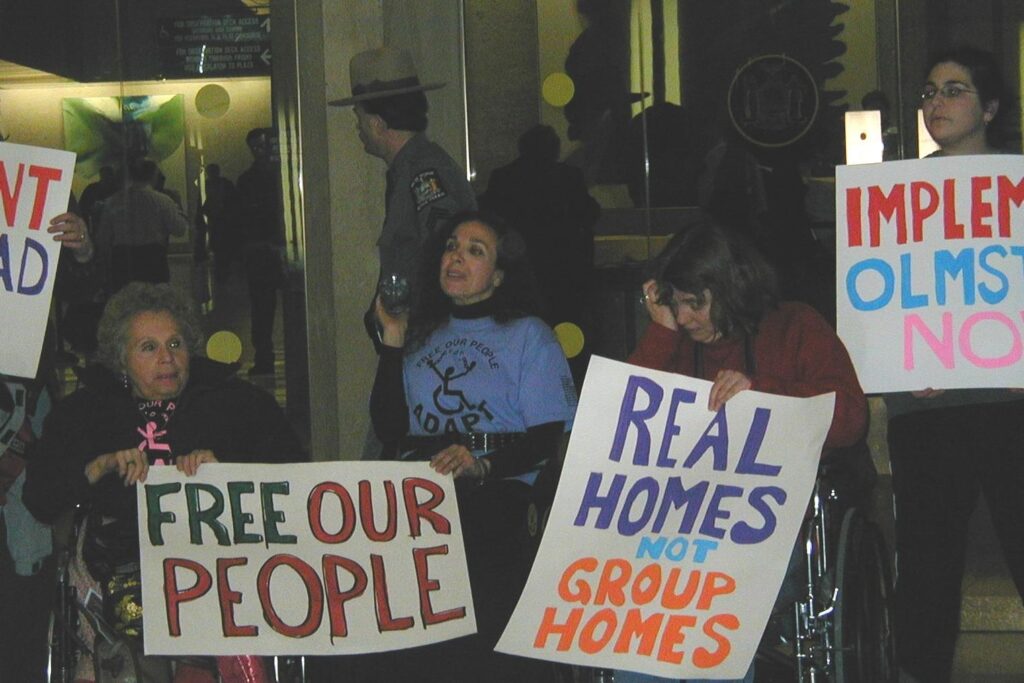
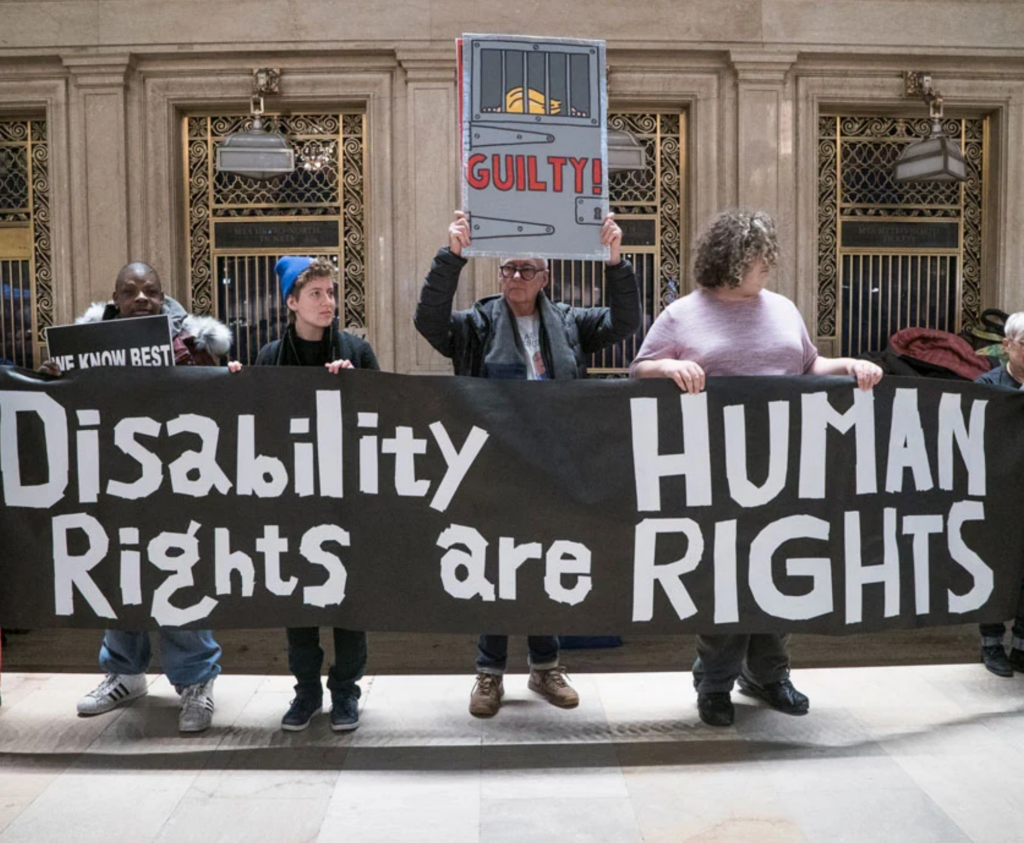
Further Readings:
- The rest of the book, Feminist, Queer, Crip by Alison Kafer, she goes into greater detail about the intersection of race and disability (ex: the chapter “Time for Disability Studies and a Future for Crips”)
- Analysis of Box v. Planned Parenthood of Indiana & Kentucky for those wanting to read about reproductive disability laws taking place
- An incredibly recent podcast (with a transcript) about how steralizing people is still legal from 2 active advocates
- A fun video 😀 : Disabilities in Prehistory
Bibliography
Alper, Barbara. n.d. “Disability Rights Are Human Rights.” Center for American Progress (blog). Accessed November 17, 2022. https://www.americanprogress.org/team/disability-justice-initiative/.
Bagenstos, Samuel R. 2019. “Disability and Reproductive Justice.” SSRN Electronic Journal. https://doi.org/10.2139/ssrn.3468736.
Kafer, Alison. 2013. “Time for Disability Studies and a Future for Crips.” In Feminist, Queer, Crip, 25–46. Indiana University Press. https://www.jstor.org/stable/j.ctt16gz79x.6.
“Mia Mingus.” n.d. We, Ceremony. Accessed December 8, 2022. https://www.weceremony.com/spotlight/mia-mingus.
“Mia Mingus Interviewed by Juhee Kwon, August 5, 2013 | Smith College Finding Aids.” n.d. Accessed November 15, 2022. https://findingaids.smith.edu/repositories/2/archival_objects/381636.
Phil, ~. 2019. “Free Our People–The 20th Anniversary of the Olmstead Decision.” Still Racing In The Street (blog). June 21, 2019. https://organizer.wordpress.com/2019/06/21/free-our-people-the-20th-anniversary-of-the-olmstead-decision/.
“Reproductive Justice & Disability Justice Are One And the Same | The Takeaway.” n.d. WNYC Studios. Accessed December 8, 2022. https://www.wnycstudios.org/podcasts/takeaway/segments/reproductive-and-disability-justice.
“The Pro-Choice Public Education Project : What We Do.” n.d. Accessed December 4, 2022. https://www.protectchoice.org/section.php?id=72.
TREY the Explainer, dir. 2018. Disabilities in Prehistory. https://www.youtube.com/watch?v=t7J_oybRfuc.
